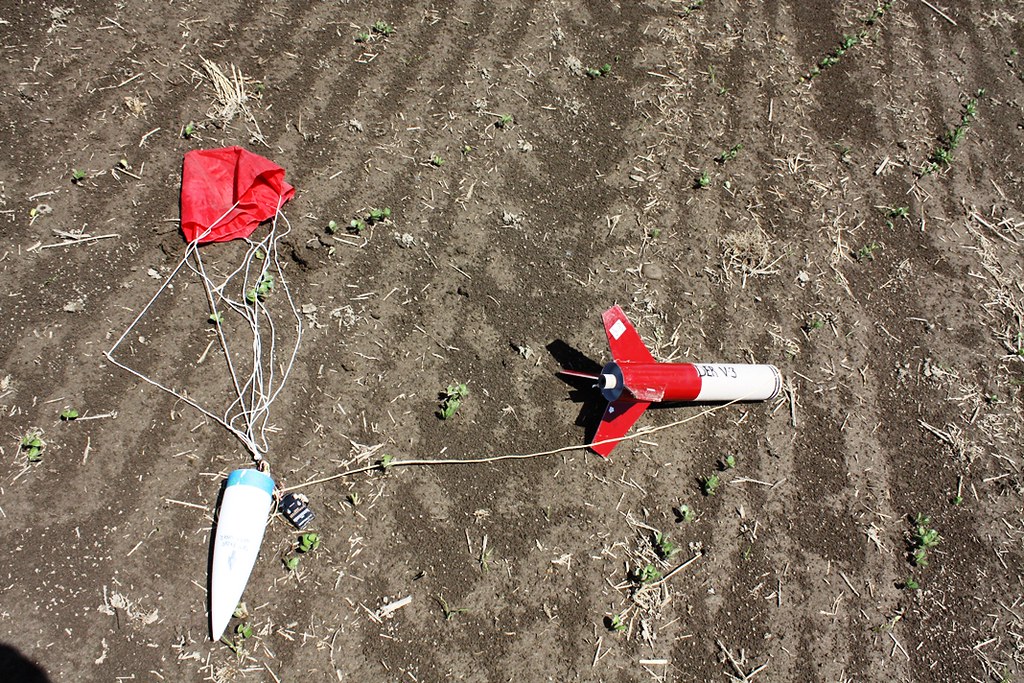Deployment has several steps that all need to happen to work well. You need proper ejection, then the release has to trigger, then the chute needs to unfold.
Sounds like you're not getting stuck in the tube (congrats, that's what usually gets me, by the way). And it sounds like Chute Release is opening. What's happening is that you're not getting inflation after release.
How do you fold your chutes? Have you tried other techniques, or do you usually fold the same way each time? I have found that folding the shrouds inside the chute works best for me, though I know others have developed techniques which differ, especially for smaller chutes. For instance, in the smallest 38mm rockets, you just wrap around the base of the chute (not a folded up chute). During tumble, the chute is stretched out upward with Chute Release just holding the base of the canopy together. The chute acts like a drogue.
I also have heard that there are cases where a fire blanket can get in the way a bit by preventing the slipstream from peeling the chute open.
When I was testing Chute Release, I would fly it with a recording altimeter so that I could improve my folding technique each time and get the quickest inflation possible. As the instructions note, you should plan for 50-150 feet of descent for the chute to inflate. With practice, you can get down to 50 feet (or less) pretty quickly. Experiment, and read about techniques others have developed for themselves. Some are worth trying yourself, even if they seem strange to you at first.
To me, the holy grail is to have very reliable, very low deployment with an oversized chute. In that way, you drop down out of the wind, open near the ground, and land very softly. To anyone who doesn't yet have experience with Chute Release, that can sound disturbing. But once you've gained confidence in your folding (and of course, in Chute Release), there's a certain joy in planning and executing and a more optimal landing than the old way--which either involved a "too small chute that won't drift so far" or a "soft-landing chute that I will have to chase for a mile."






